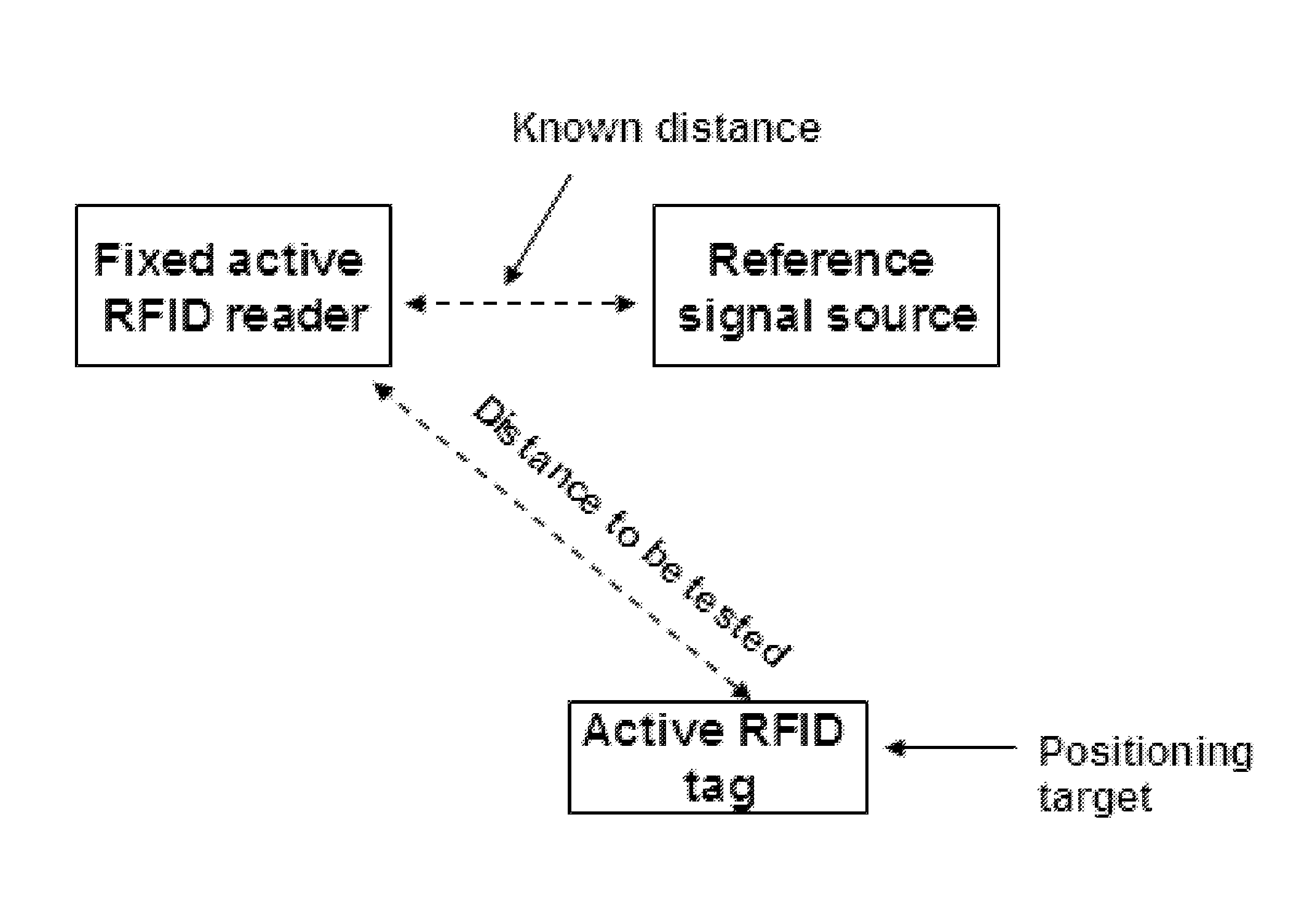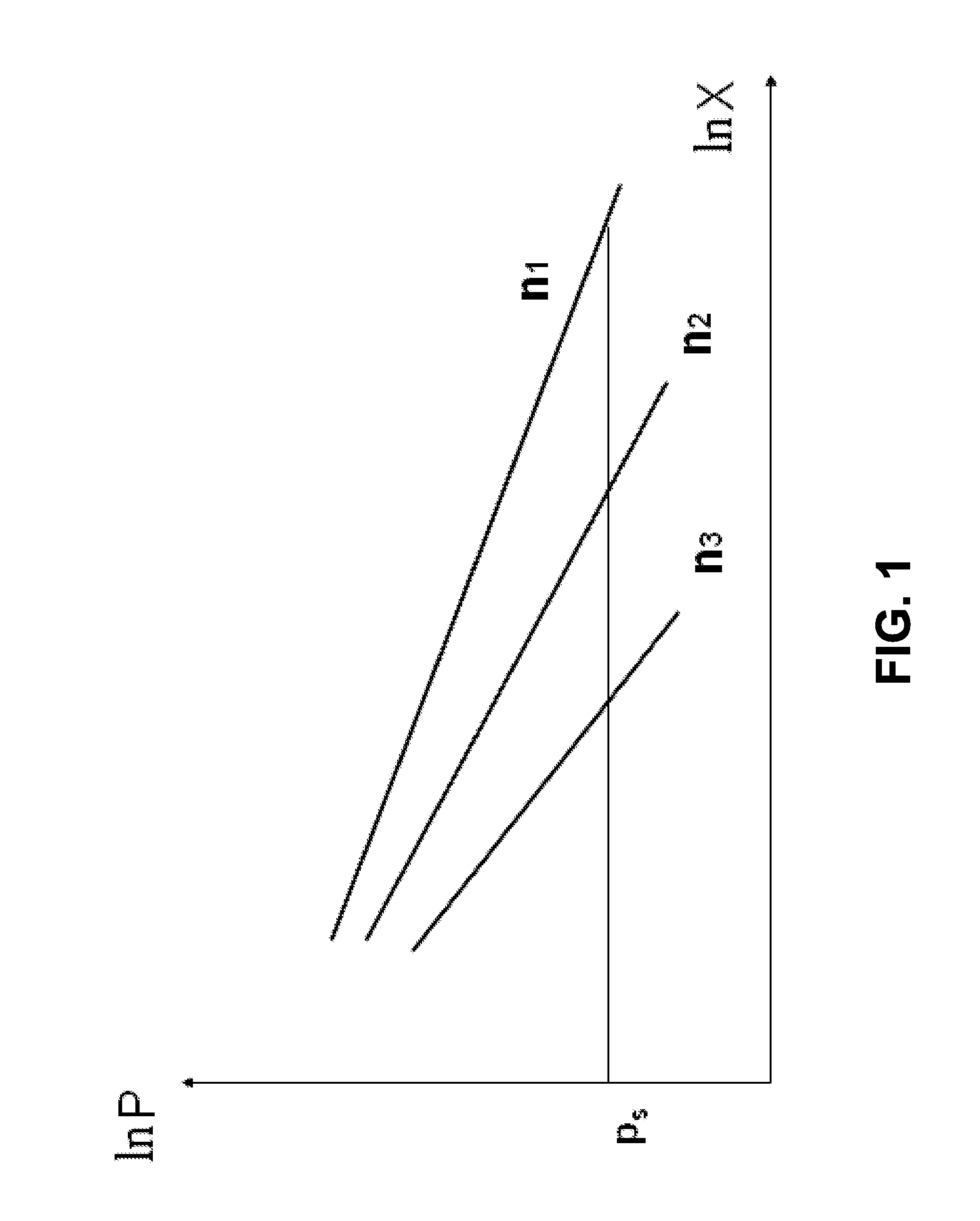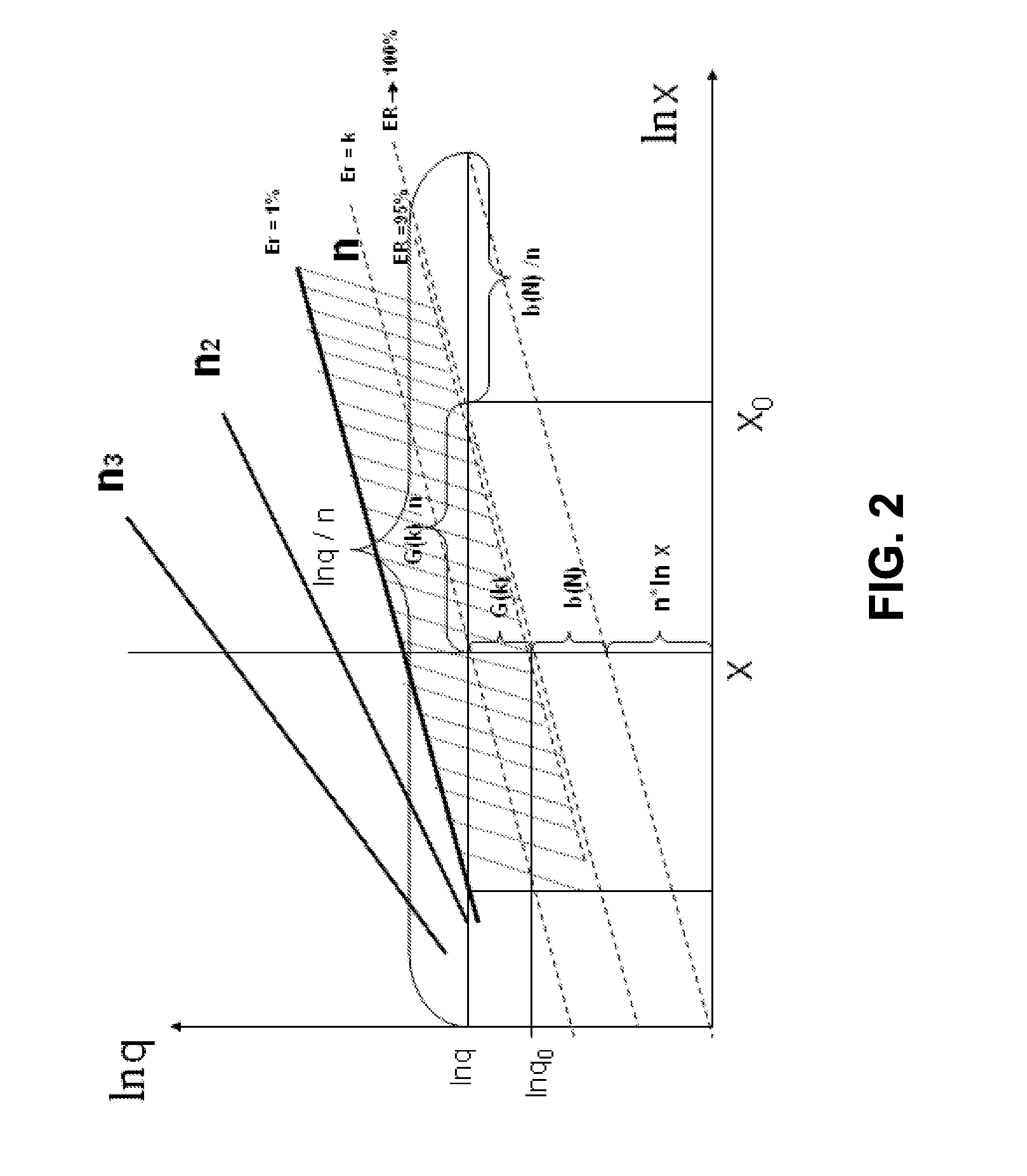System and method for positioning using signal transmit power and signal receive packet error ratio
a technology of transmit power and signal receive, applied in the field of radio frequency technologies, can solve the problems of inability to meet the needs of low-cost applications, large energy consumption, and inability to fully play gps in downtown areas, and achieve low-cost and micro-power consumption, simple but efficient positioning, and high-precision positioning. the effect of moving targ
- Summary
- Abstract
- Description
- Claims
- Application Information
AI Technical Summary
Benefits of technology
Problems solved by technology
Method used
Image
Examples
fourth embodiment
[0117]According to the present invention, as regards a target in a three-dimensional space, the positioning of a target carrying the active RFID tag, referring to FIG. 9, the system for positioning the active RFID tag includes: an active RFID tag, control processor, coordinator, reference signal source, directional antenna 1, and directional antenna 2.
first embodiment
[0118]Step 1: Use the reference signal source to correct b(N) in the formula ln x=[ln q−G(Er)−b(N)] / n to determine b(Nnew), referring to the description of the
[0119]Step 2: The coordinator continuously sends wakeup signals to the active RFID tag in different direction on a wakeup channel (channel F1) by rotating the directional antenna 1.
[0120]Step 3: When the directional antenna rotates to the direction of the active RFID tag, the active RFID tag in the standby state receives wakeup signals from the coordinator on the wakeup channel with the interception time period. Upon receiving the wakeup signals, the active RFID tag switches to the working channel (channel F2) immediately to transmit the ranging signals in the pre-determined ranging signal transmission mode, or transmits the ranging signals in the pre-determined ranging signal transmission mode according to the information contained in the wakeup signals that is used for controlling the mode for the active RFID tag to transmit...
fifth embodiment
[0125]According to the present invention, the system for positioning the active RFID tag in one dimensional space includes: an active RFID tag, control processor, coordinator, and two active RFID readers, active RFID reader 1 and active RFID reader 2, arranged in straight tunnel.
[0126]Step 1: The coordinator continuously transmits wakeup signals to the active RFID tag on the wakeup channel (channel F1).
[0127]Step 2: The active RFID tag in the standby state receives the wakeup signals on the wakeup channel in the interception time period, and switches to the working channel (channel F2) to transmit the ranging signals to the active RFID tag in the pre-determined ranging signal transmission mode, or transmits the ranging signals according to the information contained in the wakeup signals that is used for controlling the mode for the active RFID tag to transmit ranging signals.
[0128]Step 3: Upon receiving these ranging signals, the active RFID reader calculates the PLR of the ranging ...
PUM
 Login to View More
Login to View More Abstract
Description
Claims
Application Information
 Login to View More
Login to View More - R&D
- Intellectual Property
- Life Sciences
- Materials
- Tech Scout
- Unparalleled Data Quality
- Higher Quality Content
- 60% Fewer Hallucinations
Browse by: Latest US Patents, China's latest patents, Technical Efficacy Thesaurus, Application Domain, Technology Topic, Popular Technical Reports.
© 2025 PatSnap. All rights reserved.Legal|Privacy policy|Modern Slavery Act Transparency Statement|Sitemap|About US| Contact US: help@patsnap.com



